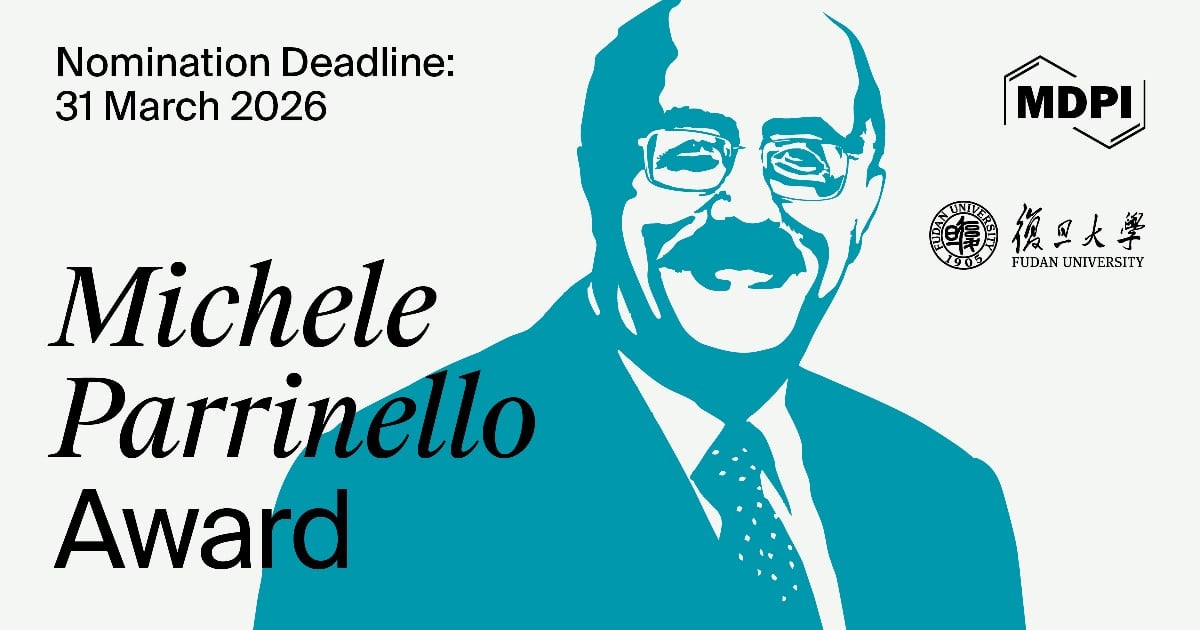Economic development and its sustainability are influenced not only by material, human, financial, and intellectual factors, but also by psychological factors. In particular, the levels of business expectations, trust, and confidence significantly affect the resilience of the economy, especially in crucial sectors such
[...] Read more.
Economic development and its sustainability are influenced not only by material, human, financial, and intellectual factors, but also by psychological factors. In particular, the levels of business expectations, trust, and confidence significantly affect the resilience of the economy, especially in crucial sectors such as industry and, more specifically, industrial production. Based on political, economic, social, and legal stability, businesses are likely to assess their opportunities more optimistically and realistically. This, in turn, enables them to look confidently toward the future and provides a foundation for investing in further development. Conversely, a decline in business expectations and confidence can slow socio-economic development, potentially leading to recession or depression. The purpose of the article is to identify the association between business confidence (Impact of the Business Confidence Indicator,
IBCI) and the level of industrial production (Industrial Production Index,
IPI), as a crucial aspect of ensuring sustainable economic development. A correlation–regression analysis conducted using Ukraine as a case study—a country candidate for EU accession—and statistical data from the State Statistics Service of Ukraine (SSSU) for the period from 1 February 2022 to 1 September 2024 demonstrated that there is a stable, positive, and strong relationship between IBCI and IPI levels (r = 0.7; D = 0.49). The constructed linear correlation model indicates that, with other factors held constant, a one-percentage-point increase in positive business expectations may lead to a 2.23-point rise in the industrial production activity of enterprises in Ukraine’s manufacturing sector. Furthermore, approximately 49.0% of the variation in industrial production levels is likely explained by changes in business expectations. Verification of the constructed regression equation and assessment of its parameters indicate that it is statistically reliable and consistent with real economic processes. Specifically, the Fisher coefficient (F = 5.30) exceeds the critical (tabular) value (Ft = 2.04), with Se = 0.45 and C_95% = 1.96; the causality test based on the Granger methodology revealed the presence of a causal relationship, indicating that the
IBCI influences the
IPI. The obtained statistical results for the applied models and tests are as follows: MDF (
p < 0.05), KPSS (
p > 0.10), Durbin–Watson ≈ 2.0, Breusch–Godfrey (
p = 0.32), White (
p = 0.41), ARCH (
p = 0.27), and SER (
p = 0.36). The constructed correlation–regression equation also allowed forecasting based on trend line modeling—how IPI levels will change depending on business confidence. According to the forecast, the IPI in Ukraine at the beginning of 2030 is expected to increase by 63.48 percentage points compared to the beginning of 2024, reaching 153.6%.
Full article





















